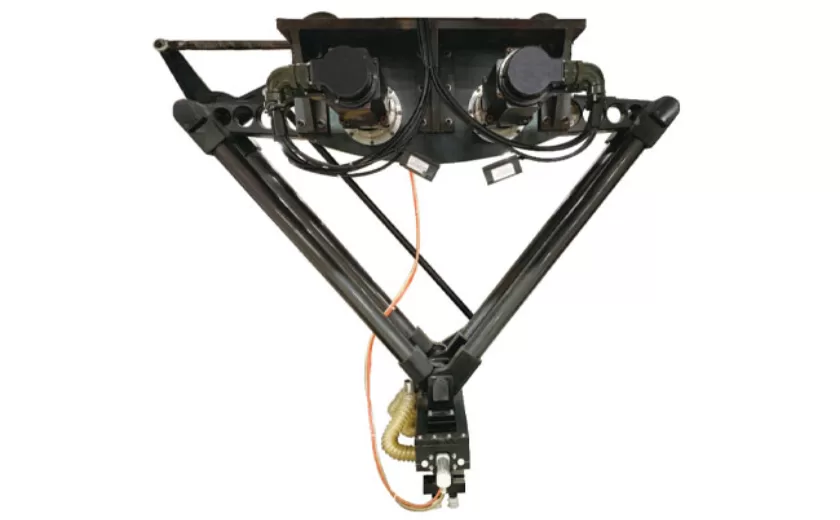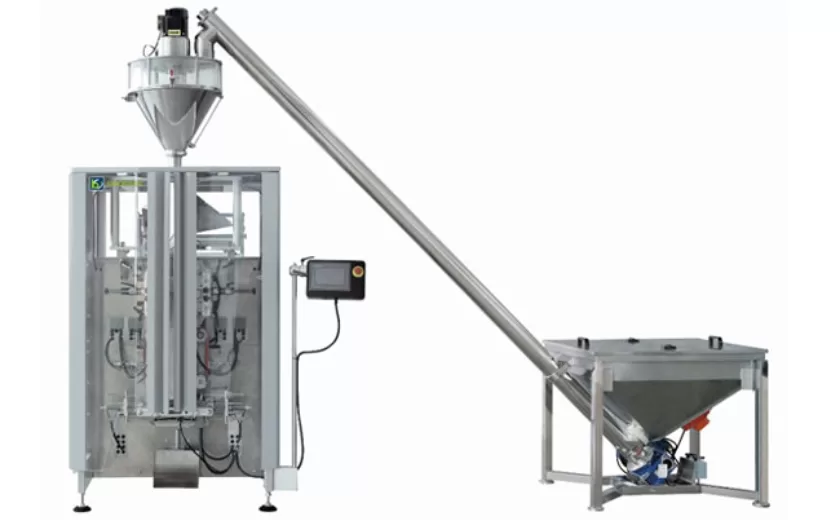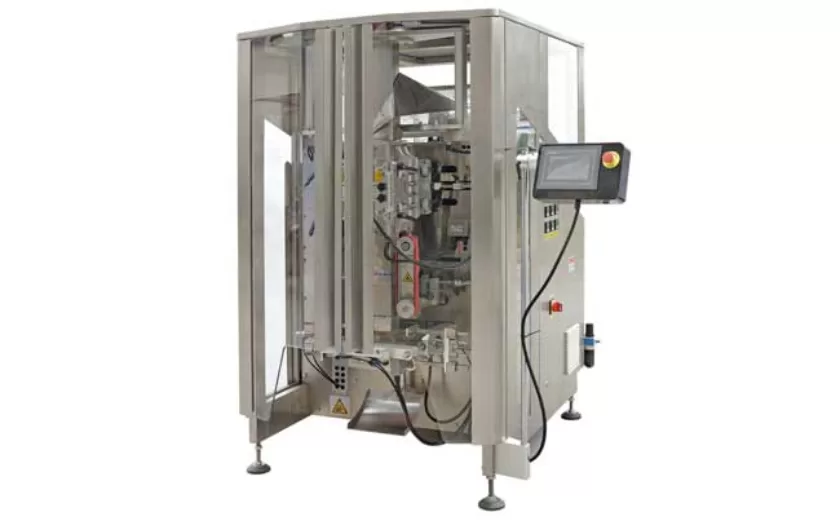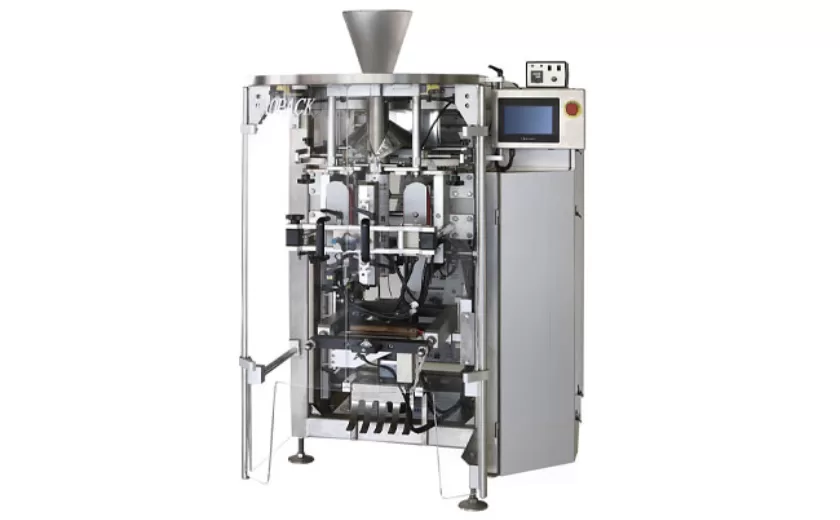How to Troubleshoot and Repair Common Problems with Auto Weighing Filling Machines
Auto weighing filling machines are essential equipment in many industries, such as food, pharmaceutical, and chemical. They provide accurate and efficient filling of products into containers. However, like all machines, auto weighing filling machines can experience problems that require troubleshooting and repair. This article provides a comprehensive guide to help you identify and fix common issues with auto weighing filling machines, minimizing downtime and maintaining optimal performance.
Identifying Common Problems
Auto weighing filling machines can exhibit a variety of problems, including:
– Inaccurate filling: The machine may dispense too much or too little product into containers, resulting in product waste or underfilling.
– Mechanical failures: Issues with motors, belts, or other mechanical components can disrupt the filling process.
– Electrical faults: Faulty wiring, sensors, or control systems can cause the machine to malfunction or even pose safety hazards.
– Product contamination: Improper cleaning or maintenance can lead to product contamination, affecting product quality and safety.
Troubleshooting and Repair
1. Troubleshooting Inaccurate Filling
– Check the load cell: The load cell is responsible for measuring the weight of the product being dispensed. If it is not calibrated correctly or is experiencing mechanical issues, it can affect the accuracy of the filling.
– Inspect the hopper: Ensure that the hopper is properly filled and that there are no obstructions that could interfere with the flow of product.
– Calibrate the machine: Regular calibration ensures that the machine is dispensing the correct weight of product. Follow the manufacturer’s instructions for calibration.
2. Addressing Mechanical Failures
– Inspect and lubricate moving parts: Regularly inspect belts, gears, and other moving parts for wear and tear. Lubricate them as recommended to minimize friction and prolong component life.
– Check motor functionality: If the motor is not operating properly, the machine will not be able to dispense product. Inspect the motor for any signs of damage or overheating and replace it if necessary.
– Tighten loose connections: Loose connections can cause intermittent problems. Check all electrical and mechanical connections and tighten any that are loose.
3. Resolving Electrical Faults
– Check power supply: Ensure that the machine is properly connected to a stable power source. Check the voltage and amperage ratings to make sure they match the machine’s specifications.
– Inspect wiring and connections: Loose or damaged wiring can disrupt electrical signals. Inspect all wires and connectors and replace any that are defective.
– Test sensors and control systems: Faulty sensors and control systems can prevent the machine from operating properly. Test these components using a diagnostic tool or by replacing them with known-good units.
4. Preventing Product Contamination
– Regular cleaning and sanitation: Clean and sanitize the machine thoroughly after each use to prevent product buildup and contamination.
– Inspect seals and gaskets: Worn or damaged seals and gaskets can allow product to leak into the machine or container. Inspect these components regularly and replace them as needed.
– Proper material handling: Follow recommended procedures for handling and storing the product to minimize the risk of contamination during the filling process.
-
Advanced Packing Solutions: Snacks, Sugar, and Frozen Food Machines
29-10-2025 -
Efficient and Reliable Solutions for Salt, Nuts, and Frozen Dumplings Packing
29-10-2025 -
High-Performance Biscuits, Lollipop, and Ketchup Packing Machines for Modern Food Production
29-10-2025 -
Efficient Liquid Filling and Packing Machines for Modern Production
23-10-2025 -
Reliable Granule Packaging Machines for Efficient Production
23-10-2025 -
Efficient Auger Powder Filling Machines for Accurate Packaging
23-10-2025 -
High-Performance Liquid Filling and Packing Machines for Hygienic Production
10-10-2025 -
High-Efficiency Granule Packaging Machines for Precision and Speed
10-10-2025 -
High-Precision Auger Type Powder Filling Machines for Efficient Packaging
10-10-2025 -
Efficient Vertical Form Fill Seal Packaging Machines for Smart Production
10-10-2025











